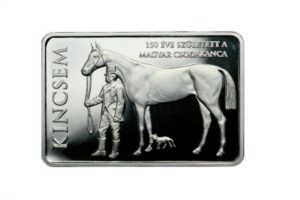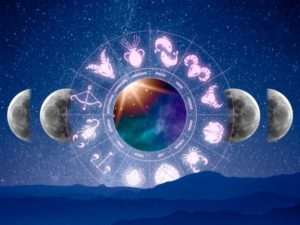A mursik azok, ahol azok a bizonyos tányérajkú nők is élnek, Etiópia szívében, az Omo-völgyben.
Nagyjából 11500-an vannak, elszórtan, törzsi formában élnek, anyanyelvük a mursi. Fontosak számukra az extrém testmódosítások, számukra ez nem csupán hagyomány, de komoly spirituális jelentőséget is tulajdonítanak a gyakorlatnak.
Brent Stirton fotós, a Getty Images hivatásos vezető fényképésze és négyszeres World Press Photo-díjas művész négy hetet töltött az Omo-völgyben Etiópiában. Ez idő alatt tanúja volt egy olyan törzsi konfliktusnak is, ami kilenc ember életét követelte.
A mursik mindennapjairól és különleges ünnepeikről különleges fotósorozatot készített:
A bejegyzés megtekintése az Instagramon
This #Mursi woman in the Omo Valley represented an interesting take on beauty for me. There are a few theories on the origins of these lip-plates. One is that they were a disincentive to slavers to target these women, another is the idea that the size of the lip plate conveys social status and increases dowry price for marriage. Either way, these days the lip plates represent a bizarre economy as the Mursi increasingly rely on tourism dollars for sustenance. I took this picture in 2006, when no road existed to bring tourists to the #Omo. It was much more difficult to get there and there had been far fewer photographers at that time. There was a completely different take on money then, it was not unusual to come into a remote village only accessible via the river, be met with some aggression and only after a negotiation with the head of the village, be allowed to take a few pictures. I always tried to give food or medicine but sometimes the head man wanted cash. Ironically, on one occasion, I came back to a village the next day and saw the Birr notes I had given blowing around on the ground. Money was not that highly valued at the time and they were far more interested in my Leatherman multi-tool. This particular group had also never seen flash before, and I had to calm these ladies down after it first went off. After that they thought it was hilarious. I feel lucky I got to the Omo before it became a tourist phenomenon. #omovalley #beauty #lip-plates #tribes @natgeo @gettyimages #canon
Brent Stirton (@brentstirton) által megosztott bejegyzés, Okt 13., 2019, időpont: 9:36 (PDT időzóna szerint)
A bejegyzés megtekintése az Instagramon
⠀ MIDDLE SEPIK, PAPUA NEW GUINEA: In my work I often see things that are the result of #ceremony that I wish I could have witnessed first hand. This is one of them. The #Chambri tribes are Middle Sepik river dwellers from #PapuaNewGuinea; they have a challenging #tradition that is a ritual rite of passage for young men where their bodies are #scarred to look like crocodiles. In recent years, young women also take part in this #ritual. The people of this #tribe believe that men evolved from crocodiles so they hold this ritual to honor their ancestors – the crocodile. They believe that crocodiles turned into men and lived on the #Sepik River and that’s how men came to exist in this remote area. The initiates are taken to a spirit house where elders use bamboo slivers to cut into their skin, hundreds of cuts down the length of the back. During this time, they are held down without any pain relief. Once the cuts are done, they lie close to a fire, smoke is blown over the the scars and then clay and tree oil are applied to make the skin raised and appear scale-like when it heals. Once the initiates emerge from the ceremony, the #crocodile #spirit now dwells within them. #scarredbody #tribalritual #scarification #sepiktribes
Brent Stirton (@brentstirton) által megosztott bejegyzés, Dec 27., 2018, időpont: 12:31 (PST időzóna szerint)




















